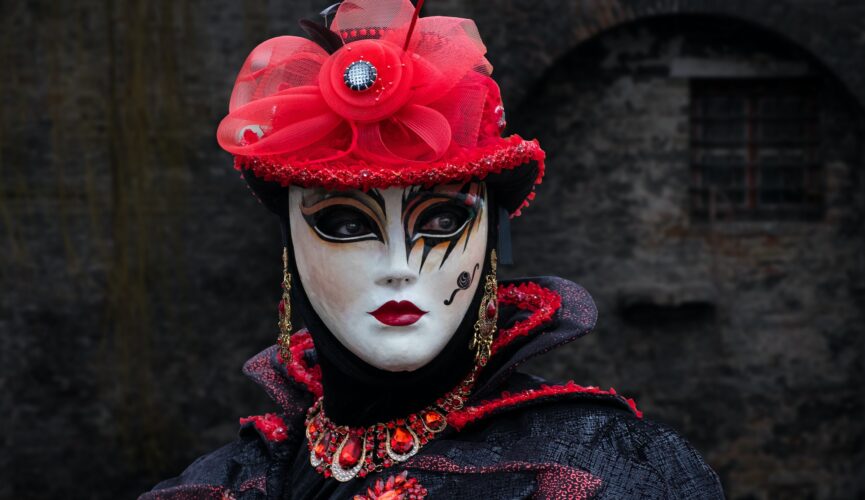현대 마케팅은 데이터와 분석에 크게 의존합니다. 페르소나는 타겟 고객의 의사 결정 프로세스를 주도하는 요소에 대한 귀중한 통찰력을 제공합니다. 페르소나 데이터에 맞춰 전략을 조정하면 긍정적인 결과를 얻을 가능성이 높은 현명한 결정을 내릴 수 있습니다. 신용카드 현금화 하는법
현대 마케팅에서 페르소나의 힘


현대 마케팅은 데이터와 분석에 크게 의존합니다. 페르소나는 타겟 고객의 의사 결정 프로세스를 주도하는 요소에 대한 귀중한 통찰력을 제공합니다. 페르소나 데이터에 맞춰 전략을 조정하면 긍정적인 결과를 얻을 가능성이 높은 현명한 결정을 내릴 수 있습니다. 신용카드 현금화 하는법

가상 유튜버의 인기가 계속 높아지면서 수익 창출과 비즈니스 기회가 등장했습니다. 크리에이터는 브랜드 콜라보레이션, 굿즈 판매, 롤 대리, 시청자 기부, 협찬 콘텐츠 등 다양한 방식으로 수익을 창출할 수 있습니다.

다른 작가와 교류하고 글쓰기 커뮤니티( 최신링크 모음 )에 참여하면 귀중한 피드백과 지원을 받을 수 있습니다. 작업을 공유하고 건설적인 비평을 받고 다른 사람의 경험에서 글 쓰는 법을 배울 수 있는 워크숍, 온라인 포럼 또는 글쓰기 그룹에 참여하십시오.